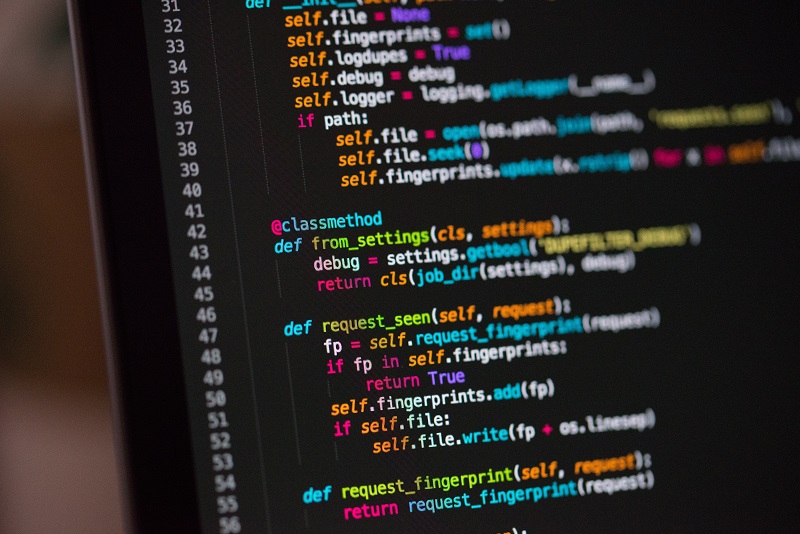Lockheed Martin demonstrates adaptive communications jamming
 During an airborne test series, Defense Advanced Research Projects Agency (DARPA) and Lockheed Martin Advanced Technology Laboratories (ATL) demonstrated the capability of a cognitive electronic warfare (CogEW) system that learns to dynamically counter adaptive communications threats, Bethesda, MD-based Lockheed Martin announced June 20. DARPA’s Behavioral Learning for Adaptive Electronic Warfare (BLADE) program acted as a pathfinder program in DoD CogEW, detecting, characterizing, and countering advanced wireless communication threats in minutes, not months.
During an airborne test series, Defense Advanced Research Projects Agency (DARPA) and Lockheed Martin Advanced Technology Laboratories (ATL) demonstrated the capability of a cognitive electronic warfare (CogEW) system that learns to dynamically counter adaptive communications threats, Bethesda, MD-based Lockheed Martin announced June 20. DARPA’s Behavioral Learning for Adaptive Electronic Warfare (BLADE) program acted as a pathfinder program in DoD CogEW, detecting, characterizing, and countering advanced wireless communication threats in minutes, not months.
“Our team is proud to be a BLADE performer with DARPA,” said Dr. J. Scott Rodgers, Spectrum Systems Lab director, Lockheed Martin ATL. “This effort allows us to prove the viability of applying machine learning techniques to spectrum challenges, providing smarter spectrum operation capabilities.”
The BLADE program successfully demonstrated its communications jamming technology at a government test site. Lockheed Martin engineers, joined by representatives from their subcontractor, Raytheon, flew in a modified Piper Navajo aircraft for several hours, collecting over-the-air RF energy from instrumented wireless communications test signals that included military radios, cell phones and specialized datalinks. Raytheon provided their next generation Electronic Warfare System, Silencer, to host the BLADE machine-learning software for the flight test series. More than 25 people representing multiple government organizations watched as the airborne BLADE system dynamically sensed, characterized and jammed adaptive wireless communication threats across various tactical scenarios.
BLADE is enabling a shift from today’s manual-intensive, lab-based countermeasure development approach to an adaptive, in-the-field systems approach. More importantly, the technology provides the warfighter with increased capability to counter new or advanced threats which can quickly adapt or change its electronic profile. Lockheed Martin engineers and scientists developed novel machine-learning algorithms and techniques that rapidly detect and characterize new radio threats, dynamically synthesize new countermeasures, and provide accurate electronic battle damage assessment based on over-the-air observable changes in the threat.
Source: Lockheed Martin








